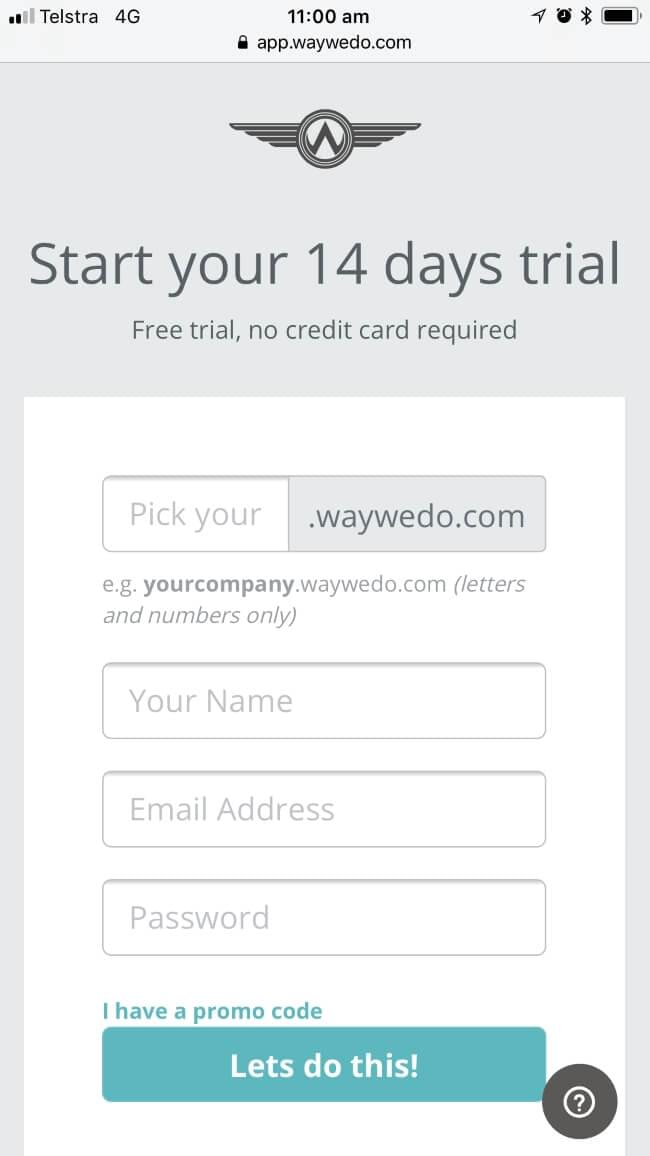What is modern slavery?
According to Anti-Slavery International, there are hundreds of definitions of modern slavery. Specifically, they define it as:
“…when an individual is exploited by others, for personal or commercial gain. Whether tricked, coerced, or forced, they lose their freedom. This includes but is not limited to human trafficking, forced labour and debt bondage.”
Modern slavery practices include employers underpaying workers, or forcing them to work in sub-standard conditions. More sinister practices included forced labor and servitude, human trafficking, sex trafficking, slavery, debt bondage, forced marriage, organ harvesting, and child labor.
Victims can be of any race, age, or gender. The offenders’ hold over their victims robs them of their power and they feel unable to escape or report their exploitation. Modern slavery can occur in any company department, or at any point in a company’s supply chain. It undermines responsible business practices, and has significant legal and reputational consequences for involved organizations.
What is a modern slavery statement?
Every company should respect and protect human rights throughout its operations and its supply chains. A modern slavery statement speaks to the steps an organization takes during its financial year to ensure no slavery practices are happening within its business or global supply chain. The statement details a company’s actions to identify, assess and address the various risks of modern slavery.
Taking steps to combat modern slavery makes good business sense. It protects your business and its reputation from damage, and improves the quality and integrity of your supply chain. Having a modern slavery or anti-slavery statement for your business helps you maintain sound and transparent resource networks, increases investor confidence and access to financing opportunities, and secures your profitability.
Modern Slavery legislation in the USA, the UK, Canada, and Australia
Modern slavery legislation in the USA
The US defines modern slavery as any time a person has been recruited, transported, or compelled to work by coercion, force, or fraud. The Constitution prohibits slavery through Section 1 of Amendment 13, which declares that slavery shall not exist within the country’s borders.
Further, the US Constitution enshrines human rights and freedoms and lays out strict consequences for offenders.
Modern slavery legislation in the UK
In the UK, the Modern Slavery Act offers protection against slavery, servitude, compelled labor, and other forms of victim exploitation. It also provides for an independent anti-slavery commissioner to intervene to help solve cases.
Some of the repercussions faced by offenders in the UK include penalties, sentencing with life imprisonment, asset confiscation, and detention or forfeiture of land, vehicle, or ship.
Through Section 54 of the Modern Slavery Act 2015, the UK stipulated that all global organizations with £36m or more in annual turnover must publish a slavery and human trafficking report every financial year. The statement must detail the company’s steps in a financial year to identify and eradicate modern slavery in its operations and supply chains.
Modern slavery legislation in Canada
Canada’s anti-slavery laws require businesses to report on what measures they have taken to prevent and reduce the risk of forced labor, either within their businesses or in their supply chains.
Businesses must submit an annual report that includes information like business structure, employee training, parts of the business that carry a risk of child labor, and more. The legislation further requires businesses to consider the statutory definitions of slavery when reporting.
Modern slavery legislation in Australia
The Modern Slavery Act 2018 came into force in Australia on 1 January 2019. Under this legislation, organizations with revenues of $100 million or more must report each year on the risks of modern slavery practices within their supply chains, and outline the actions they have taken to mitigate them.
We’re a small business. Does the Modern Slavery Act even apply to us?
The short answer is Yes, it does. While as a small business, you may not have a legal requirement to report on modern slavery management practices, your customers and clients might. If your business is part of a supply chain to an organization that has to provide an annual Modern Slavery Statement, they’ll likely ask the same of you to mitigate their risks. If you want to keep them as a client, you’ll likely embark on a journey to create your own statement.
Preparing a Modern Slavery Statement
A Modern Slavery Statement is more than just a compliance statement. It’s a management system that requires organizations to document their systems and repeatable processes for implementing mitigation activities each and every financial year. The diagram below outlines the six core components of a Modern Slavery Management System.

- Design: Management System design, including continuous improvement activities.
- Assessment & Due Diligence: Understanding the risks within the organization’s operations and supply chains.
- Mitigation Activities: Adopting strategies that address risks. This may include training staff so they understand what modern slavery is and how to report it when they see it.
- Remediation: Developing a plan to remove slavery practices from the organization, and implementing it. This could mean changing suppliers.
- Monitoring & Reviewing: Understanding how effective the implemented system is.
- Reporting: Meeting internal and external requirements.
Source: Norton Rose Fulbright
Sample headings within a Modern Slavery Statement
While organizations can’t guarantee slavery-free supply chains, they must describe the steps they take to deal with modern slavery risks every financial year. Be sure to address the following areas in your company’s statement.
Organization structure and supply chains
Provide details of your company’s core mandate and responsibilities around the globe, wherever you operate. You should also describe your company’s organizational structure and all supply chains.
Your company’s commitment to eradicating modern slavery
Highlight your company’s slavery and human trafficking policies. Emphasize your understanding of modern-day slavery risks and the measure you’ve put in place to prevent it.
Due diligence processes
How do you review your customers? What criteria do you use to identify and recruit new suppliers? These are the questions your statement should answer to address your organization’s due diligence processes.
Risk assessment and management
Your modern-day anti-slavery statement should highlight your risk assessment procedure and detail the steps your organization takes to mitigate them.
Training on modern slavery
Implement a training program for all employees that helps them understand what modern-day slavery is and the risks it poses. Your anti-slavery statement should provide a clear overview of your company’s training, including awareness-raising programs, flyers, posters, and other publications.
Assign responsibilities
Accountability in anti-slavery initiatives within your organization is as vital as other agendas. Assign responsibility for overseeing your modern-day slavery management to a specific person within your business. This helps keep the topic on your business agenda for any training, auditing or client reporting needs.
Examples of Modern Slavery Statements
Click on the links below to view these selected PDF examples of Modern Slavery Statements from different sized organizations.
Pablo & Rusty’s Coffee Roasters
While this organization has fewer that 100 staff, they have voluntarily submitted their statement to the Australian government.
Levi Strauss
This organization sources products from independent contract manufacturers located in 24 countries, all of which need to comply with Levi Strauss’s Global Sourcing and Operating Guidelines, including their Terms of Engagement.
Jani-King
This company has an Ethical Sourcing and Workplace Compliance Program that helps them ensure working conditions meet or exceed minimum local standards.
Lenovo
Chances are good that either you or someone you know has a Lenovo computer. The company states their commitment to ethical corporate citizenship and to promoting strong ESG performance in its activities, including a focus on employee welfare.
Coca-Cola
Coca-Cola has mapped its human rights risks throughout the company and its supply chain right around the world. They facilitate more than 2,000 third-party audits of company office locations, bottlers and suppliers each year.
Creating your own statement
The guidelines above will help you develop and publish a competent Modern Slavery Statement for your business.
There’s no specific structure your statement needs to follow; however, it’s important for transparency that your team understands your company’s policies and procedures regarding modern slavery. You can published your Modern Slavery Statement anywhere on your website, with a link included on your home page to make sure your visitors can easily access it.
The effects of modern slavery are far-reaching. The practice distorts global markets, undermines responsible business, and damages companies’ reputations. Protect your business, and demonstrate your commitment to fighting modern slavery, by developing a Modern Slavery Statement and management framework for your business.





